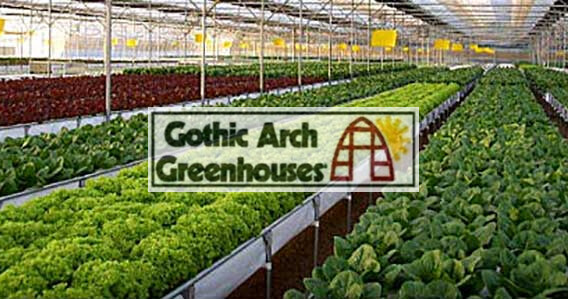 There’s no denying that hydroponic gardening is growing—and will to continue to grow—in popularity because of its convenience, efficiency and eco-friendliness. But if you wanted to get in on this hot gardening trend, where do you begin?
There’s no denying that hydroponic gardening is growing—and will to continue to grow—in popularity because of its convenience, efficiency and eco-friendliness. But if you wanted to get in on this hot gardening trend, where do you begin?
Determining which hydroponic growing system you will use is one of the most important decisions you will make. How much you want to spend, what plants you want to grow and your level of gardening experience will guide your decision.
Basic Wick Hydroponic System:
For beginners who want to get their feet wet with hydroponics, this simple, low-cost system is a great way to try. Ideal for small plants, such as herbs, the basic wick system assembles easily. A container holding your plants over a container holding water and nutrients connects by a rope or “wick.” The fibers in the wick draw up nutrients from the water to the plants. Small plants like herbs benefit most from this system
Deep Water Culture Hydroponic System (DWC):
Another beginner friendly system in the deep water culture system. This system uses an air pump to distribute oxygen to the nutrient solution. Plants are held in place by styrofoam or plastic and suspended over the nutrient rich water. Ideal for lettuce and other types of greens, the deep water system is great for small spaces. Teachers often use this system to introduce their students to hydroponics in the classroom.
Drip Hydroponic System:
Very popular among commercial and home growers, the drip system is scalable, meaning it can accommodate larger plants that the basic wick and deep water culture systems can’t. Plants such as melons, zucchini, onions and cucumbers thrive in drip systems. A pump and timer recirculate the water and continuously supplies nutrients to the plants.
Ebb and Flow Hydroponic System:
Ebb and flow hydroponic systems flood the plants with nutrient solution, then slowly drains back into a reservoir for reuse. Such a system is ideal for plants with low water exposure tolerance and need periods of dryness to help with root expansion. Strawberries, tomatoes, beans, spinach and carrots are among the plants that can thrive in this system. Growers can set up a simple or complex ebb and flow systems to meet their growing needs.
Nutrient Film Technique Hydroponic System (NFT):
The NFT system is popular for the fast growth rate it helps plants achieve. Growers also enjoy being able to grow plants in smaller spaces with this system. Easy to maintain, an NFT system conserves both water and nutrients. It uses no growing medium—which can help save money. Plant roots receive higher levels of oxygen by being suspended in a tray with roots dangling in a nutrient solution. When given enough room and support, cucumbers, spinach, tomatoes, peppers and herbs can thrive!
Aeroponic System:
Similar to the nutrient film technique, an aeroponic system uses no growing medium. Plants suspend from growing ports and receive a misting of nutrient rich solution as needed. Growers can administer nutrients either automatically or manually. Aeroponic systems can be very simple or elaborate to meet the grower’s needs. Tomatoes, eggplant, melons, herbs, lettuces, squash and edible flowers flourish because of the higher oxygen levels.
Still have questions on which direction to go with hydroponics? Call us at 800-531-4769 or visit www.GothicArchGreenhouses.com to get the answers you need to get growing
